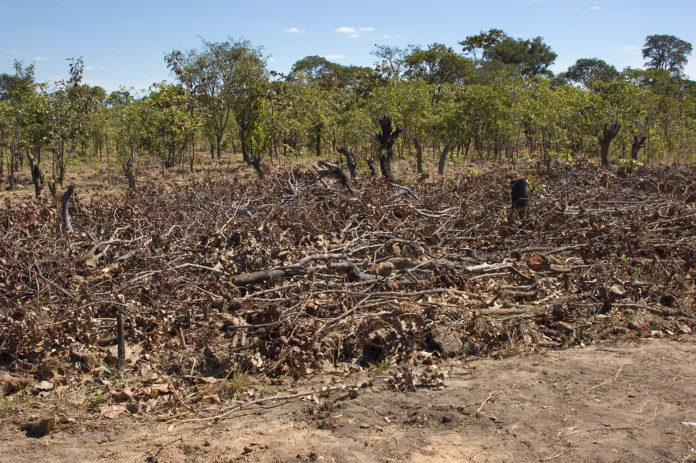ISLAMABAD (ABC): Pakistan needs to promote its non-timber forestry in order to protect the environment and improve the socio-economic status of communities living in the vicinities of forest areas. This initiative can help generate jobs and revenue and lower the carbon footprint.
Divisional Forest Officer (DFO) Forestry Planning and Monitoring Circle, Peshawar, Aitezaz Mahfooz, said this in an interview with WealthPK.
“Non-timber forests help protect soil erosion, regulate water flow, watershed management, ensure a sustainable clean water supply, and contribute to biodiversity conservation by providing habitat to a variety of flora and fauna.
They help in carbon sequestration by absorbing and storing carbon dioxide from the atmosphere,” he said.
Discussing the importance of non-timber forest products (NTFPs), he said they were a source of sustainable livelihood for several communities, especially those in rural areas. NTFPs like fruits, nuts, resins, fibres, and medicinal plants – licorice, ephedra, and valerian – are in high demand in the international market.
Another mushroom species Morchella, locally called ‘Guchi’, is most demanding and it is highly valuable. Another NTFP product Mazri palm is used to weave mats and baskets and Akbari Mandi, Lahore is its largest market.
He said non-timber forestry and NTFPs could be promoted as the best eco-tourism products. Mostly, the communities relying on NTFPs possess the unique traditional knowledge, passed down through generations.
There are more sustainable ways to use NTFPs as food items and traditional medicines.
Their powdered forms are also used for fragrance in ceremonies and festivals. It is crucial to bring awareness about the benefits of non-timber forestry and NTFPs for society and the environment.
Talking to WealthPK about the importance of non-timber forests, environmentalist and Director of Planning and Development at the University of Baltistan, Skardu (UOBS), Dr. Zakir Hussain Zakir, said apart from their timber counterparts, non-timber forests serve as invaluable environment reservoirs.
Unlike timber forestry, they are more durable and practical for extracting socio-economic benefits, sparing them from the frequent exploitation often monitored in utilitarian-focused timber harvesting.
The advantages of non-timber forests are underscored by the inherent risks and lengthy growth periods associated with timber forests.
He said non-timber forests were important to ensure soil fertility, equilibrium of carbon and oxygen levels, and promote climate resilience. Value addition to the natural growth and output of non-timber forests also promotes the cottage industry. They are also the nestling place of a lot of wood species.
On the other hand, non-timber forests and products obtained from them require little management and are regenerative too.
Gum, wax, honey, and a variety of other products extracted from them are a regular part of sustainable livelihood and getting nutrition.
He said the forest department should organize regular awareness campaigns for people. Training workshops are also necessary to teach people how to preserve and add value to the non-timber forestry products so as to benefit from them.

